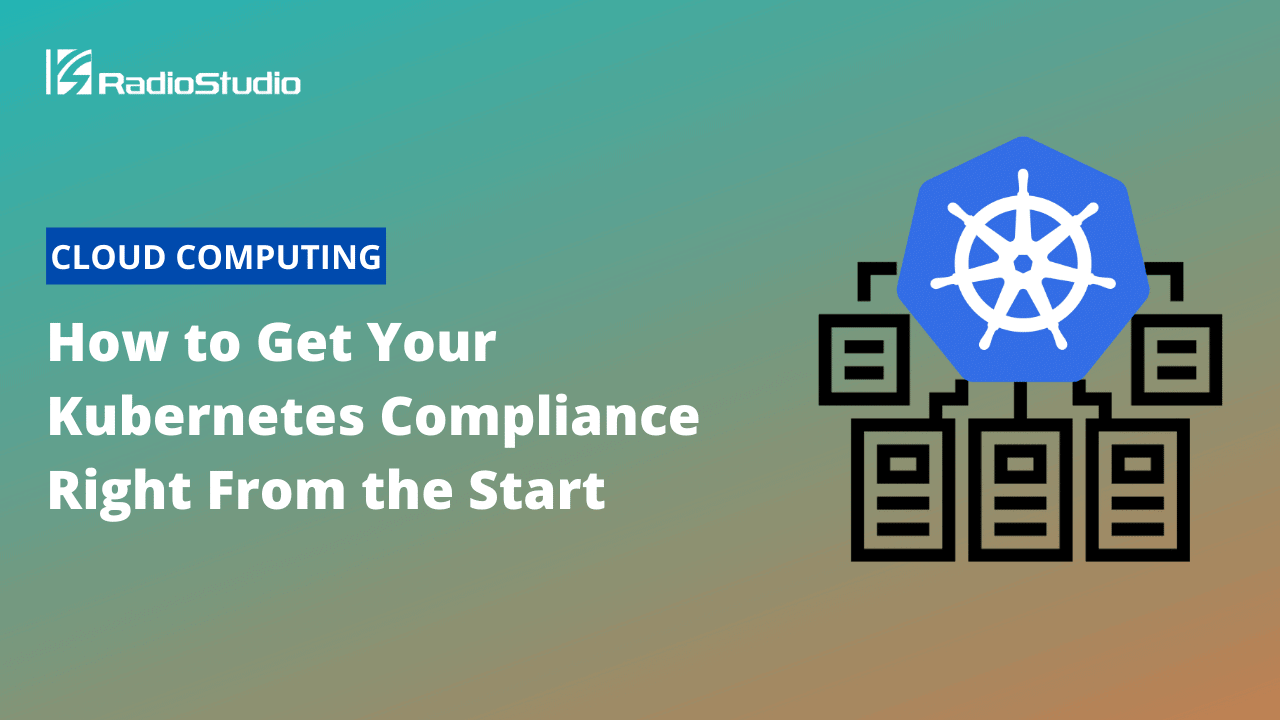If you have been living in the cloud native world for a while, where Kubernetes is quickly becoming the gold standard for containerized workloads, you have likely heard of the operational model known as service ownership. As a way to enhance collaboration among teams, much like the principles of DevSecOps, Kubernetes service ownership helps organizations integrate security into the overall process, to build and ship high-quality software at the speed of business. This article covers some insights on how to get your Kubernetes compliance right from the scratch.
This article was originally published by Fairwinds.
Here is the complete guide to Kubernetes Service Ownership.
A COMPLETE GUIDE TO KUBERNETES SERVICE OWNERSHIP
But Kubernetes service ownership does more for organizations than just address security earlier in the development life cycle. Aside from boosting efficiency and productivity, this collaborative model ensures certain key markers are met, such as security, cost optimization, reliability, scalability, and top-of-mind for many businesses—compliance.
With cyberattacks growing more innovative each day, compliance requirements are something responsible businesses need to think about on a regular basis. Regulatory compliance of a leading container orchestration platform like Kubernetes is what guarantees business continuity, prevents reputational damage and establishes the risk level for cloud native applications.
Want more details? Read our new white paper:
5 WAYS TO OPTIMIZE KUBERNETES OWNERSHIP
Kubernetes ownership comes with a wide range of challenges, including the need for total regulatory compliance, a posture that relies heavily on strong governance and guardrails. Because Kubernetes offers a framework for building infrastructure in the cloud or in a datacenter, effective compliance is critical. And when compliance is addressed through automation across the application life cycle, as is recommended through the principles of DevSecOps and service ownership, building a production-ready enterprise foundation at scale becomes real.
Whether an organization needs to comply with SOC 2, CIS benchmark controls or PCI, proper governance drives transparency and accountability (and minimizes risk) when compliance rules are codified as policies. These specific security policies for the business can then be enforced across Kubernetes clusters. When governance and policy enforcement are centralized, as outlined in the service ownership model, finding visibility and control in dynamic environments is possible.
Balancing Speed and Agility
In software development, the need for speed and the need for regulatory compliance are always in hot competition with one another. To find balance, teams require strategies for delivering software quickly, while also remaining compliant—and, of course, protecting critical data and processes. Kubernetes service ownership leverages the strengths of both compliance and DevOps teams to yield a process that works well for both. In this way, the service ownership model brings together all the key elements of a compliance framework by embedding best practices, policies and tools into each phase of the software development life cycle.
An ideal process involves an innovation pipeline that regularly analyzes compliance while also improving overall quality and productivity. For speed and compliance to find balance together, silos between development and operations need to be broken down and removed. This idea sits at the heart of DevSecOps and is a key element of proper Kubernetes service ownership, as it ensures the goals of both security and compliance are recognized as being harmonious with those of different teams.
Building in Compliance
While development teams may dislike the constant pressures to acknowledge security and compliance, others in the organization are obliged to enforce them. Collaboration among development, security and operations teams, as is espoused by service ownership, ensures compliance requirements are met by design and naturally integrated into the daily containerized workflow.
Many compliance regulations emphasize the need for clear documentation of business processes, including how incidents are handled. Full service ownership of Kubernetes facilitates the automation of these workflows. For example, instead of simply dictating that a test should be run prior to declaring work completed, the execution of said test can be automated as part of the workflow. This shift away from manual compliance builds more reliable and efficient processes—and also allows organizations to track test results in a central system.
Find Fairwinds Insights
Fairwinds Insights unifies development, security and operations by simplifying complexity and enabling the Kubernetes service ownership model. It promotes continuous improvement by integrating service ownership from CI/CD through production. To help teams overcome cultural challenges and embrace service ownership, Insights allows users to:
- Automate security by continuously monitoring all clusters against security misconfigurations. Pinpoint risk from CI/CD through production.
- Enforce guardrails by establishing policies and practices to help developers move faster. Comply with SOC 2 requirements.
- Optimize cost by understanding your workloads better. Get recommendations to rightsize applications.
- Find reliability as service owners configure Kubernetes policies using best practice guidelines to ensure fast, reliable applications—and the least amount of downtime.
- Successfully scale by configuring consistently as Kubernetes is scaled to multiple teams.
Fairwinds Insights provides DevOps teams with visibility into Kubernetes environments by providing a dashboard view of all clusters and helping teams understand misconfigurations causing security and compliance risk. Insights helps teams with some of the more challenging aspects of managing Kubernetes by assigning ownership to the person or team responsible for resolving those critical issues. Developers are empowered to own security and efficiency configurations in their applications, so it’s no longer just a problem for operations.
Read more about building a strong Kubernetes foundation with effective governance and guardrails.


